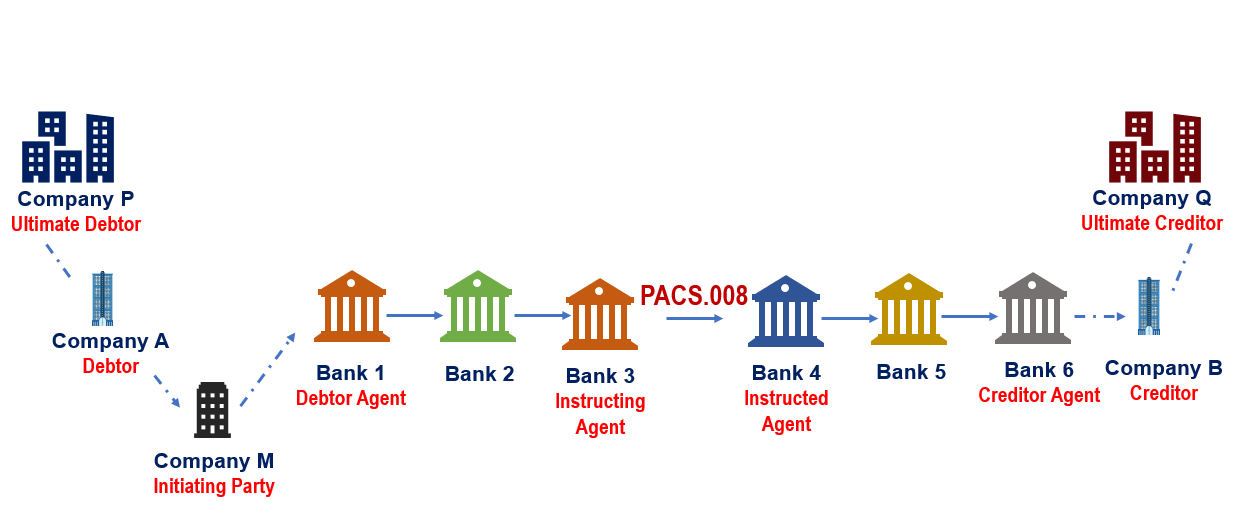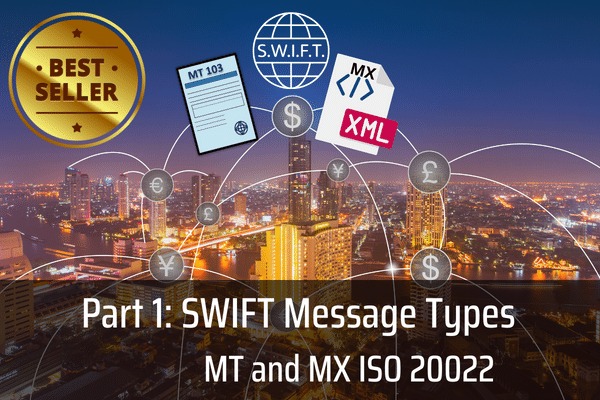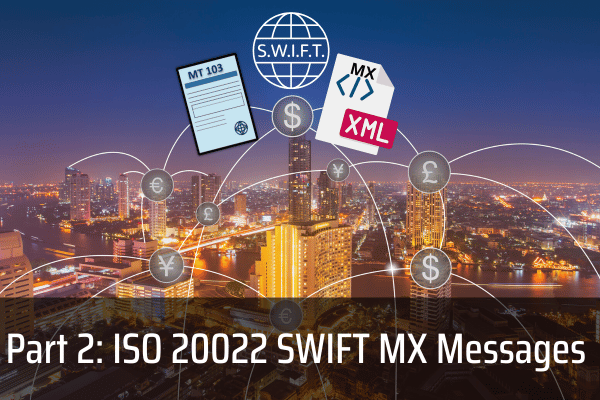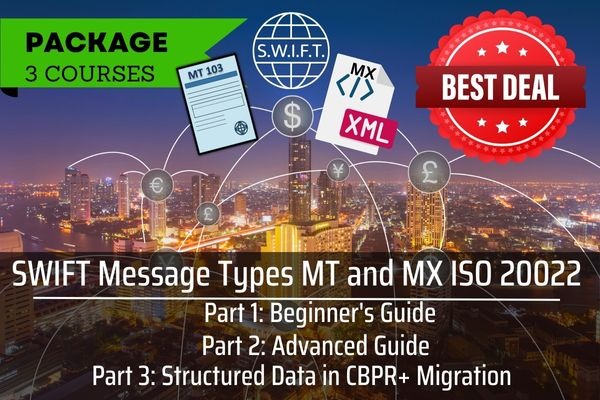There are no items in your cart
Add More
Add More
| Item Details | Price | ||
|---|---|---|---|
We have discussed how the parties involved in a payment are getting changed in the Swift MX messages in our previous post.
In this blog let us go through some of the agent and party roles possible in a Swift ISO 20022 MX payment chain.

Let's take this scenario where a Company A is making payment to Company B. The payment will move from one party or agent to another until it reaches Company B. So Bank 1 will send a pacs.008 to Bank 2, Bank 2 will send one to Bank 3 and like this the payment will reach the Company B. This is called the payment chain.
Let's pick a particular pacs.008 message from this chain. Let it be the pacs.008 message sent by Bank 3 to Bank 4.
For each message, the sender of a message is called the instructing agent and the receiver of the message is called the instructed agent.
So, in our message example, Bank 3 is sending the pacs.008 to Bank 4. So for this pacs.008, Bank 3 is the instructing agent and Bank 4 is the instructed agent. Now, the banks previous to the instructing agent in the chain are called the previous instructing agents. Hence, Bank 2 becomes the previous instructing agent for this pacs.008.
Agents down the line of the payment chain are called intermediary agents. So Bank 5 is down the line, and thus it is an intermediary agent.
Debtor is the party whose account is getting debited and the creditor is the party whose account is getting credited. The debtor agent is the bank where the debtor maintains its account. Here it is Bank 1. The creditor agent is the bank where the creditor maintains its account. Here it is Bank 6.
These are new roles added in MX messages. Let's understand.
Suppose Company P is the parent company of Company A. For some accounting preferences, Company P asks its subsidiary Company A to make a payment on its behalf. So here Company P is the one who actually owes the money and it is called the ultimate debtor and Company A, who is actually making the payment becomes the debtor.
The ultimate creditor is in the similar line of the ultimate debtor. It is the party to whom the money is actually due. So suppose, there is a Company Q which is the parent company of Company B. The money is due to be paid to Company Q, but due to some accounting preferences, Company Q instructs Company B to receive the money on its behalf. Then Company Q becomes the ultimate creditor and Company B is the creditor.
Again, suppose, Company A, which is the debtor, has another company called Company M, which handles all the payments for all the group companies of which Company P is the parent company. All the group companies, including our debtor Company A, contact Company M whenever any payment needs to be made. It's always Company M which actually initiates the payment and keeps all the records. This Company M, who is actually initiating the payment on behalf of the debtor and is sending the request for payment to the bank, is called the initiating party.
So this is in brief the some of the roles of parties and agents in a pacs.008 message.
WANT TO READ MORE?
Already signed up/ logged in? Then you are all set!

Basics of Payments | SWIFT MT/ MX Payment Message Types with examples | SWIFT GPI

CBPR+ Usage Guidelines | XML and Messages Schema | Messages Structure | MX Messages Examples

The Ultimate No-Nonsense Guide to SWIFT MT and ISO 20022 MX Message Types